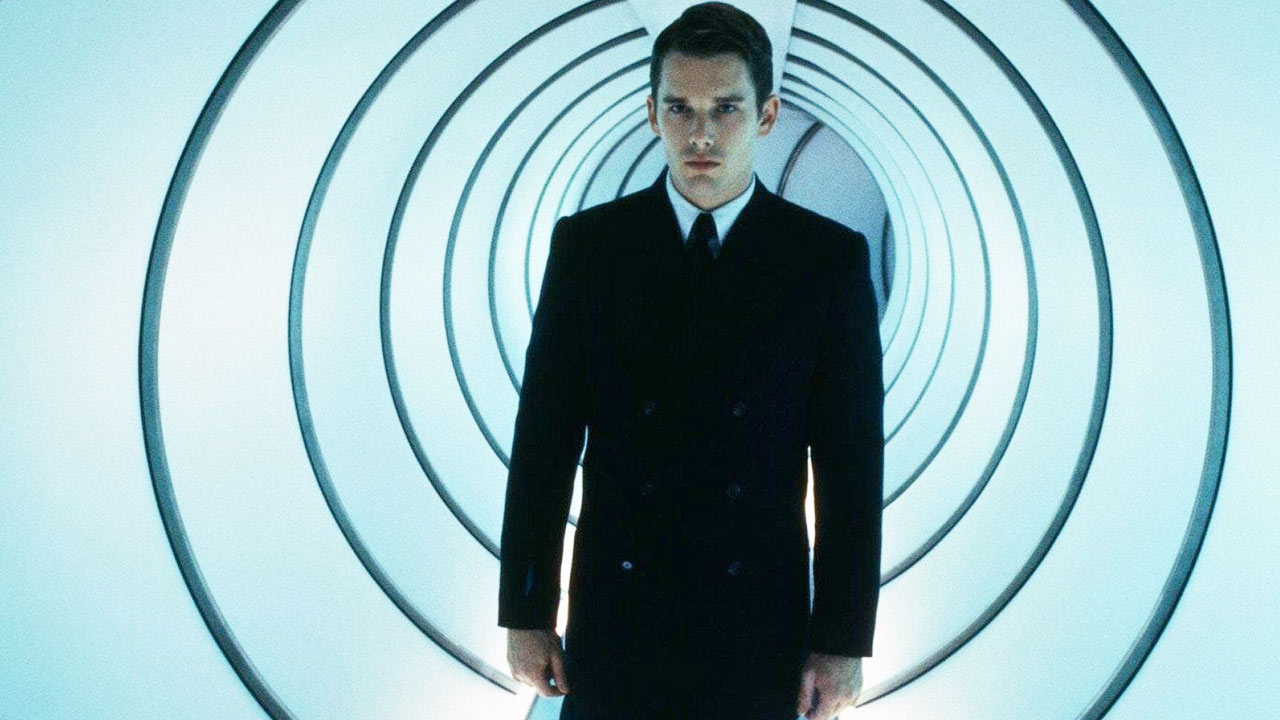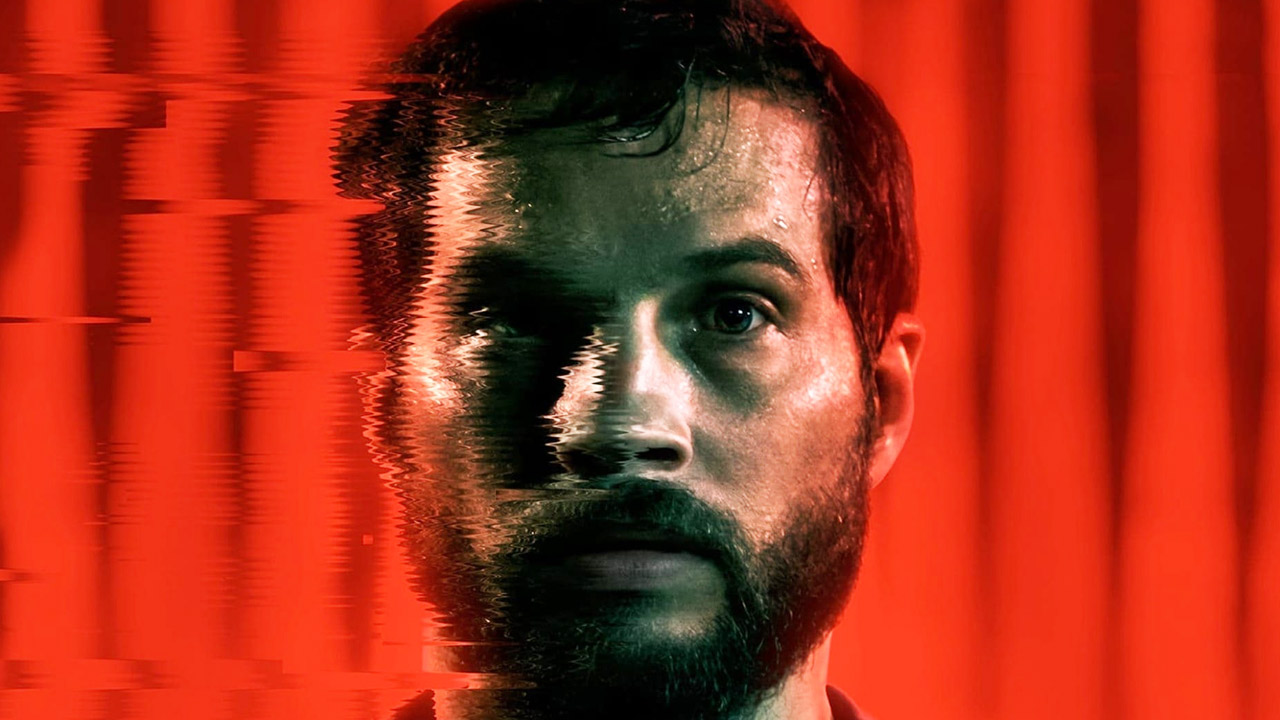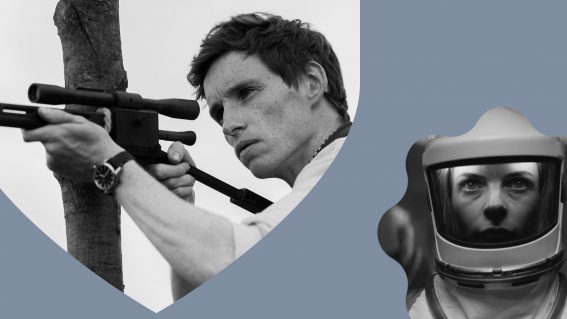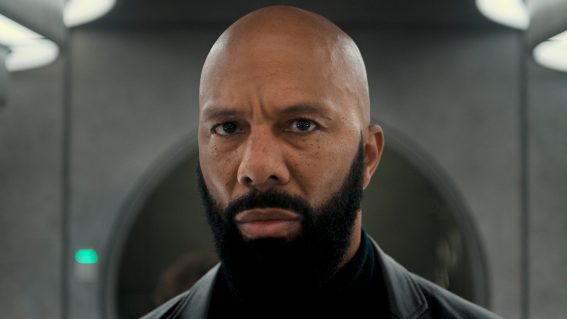Seen That? Watch This: Crimes of the Future + three more movies about eerily futuristic human bodies

Seen That? Watch This is a weekly column from critic Luke Buckmaster, taking a new release and matching it to comparable works. This week, it’s Crimes of the Future and other sci-fi depictions of crazy-weird human bodies.
Crimes of the Future
Dressed in a large black robe, looking like a cross between a monk and Emperor Palpatine, Viggo Mortensen plays a pretentious artist who takes pretentious art to new levels of pretentiousness in David Cronenberg’s Crimes of the Future. “I don’t know where the law is on acts degrading to human remains”, Mortensen’s Saul Tenser says at one point, canvassing the idea of incorporating a bit of light comic relief into his act: the autopsy of a young boy.
This guy isn’t a populist entertainer, in other words—and the same can be said of Cronenberg. The elder statesman of body horror has carved out his reputation through various sticky-icky cult films made over many years, such as Shivers, Videodrome and The Fly. The director’s tradition of conjuring up freakish inventions continues in his new production; only in a Cronenberg movie does the remote control used to operate surgery look like a headless toad.
Crimes of the Future takes place in an eerie alternate reality or near-future where the human body is undergoing dramatic mutations. Pain and infectious diseases are on the way out; people who have dozens of ears for no particular reason are in. Raising philosophical ideas about the ethics of body and performance art in this yucky world, there’s much chatter about contemporary medical conditions, the fluctuating state of the body, and what new artistic creations are (literally) growing inside the protagonist.
Tenser’s act involves having strange new organs removed from his body in front of a live audience—because films about Polish potato farmers no longer cut it for the high art crowd. After one of his performances, Kristen Stewart’s Timlin, who works for the National Organ Registry, whispers into his ear: “surgery’s the new sex, isn’t it?” Later, her and a colleague discuss whether identifying new tumours inside Tenser is comparable to discovering a new animal species, or more like finding new works from Picasso.
While absorbing all of this, I couldn’t help but think that the 12-fingered piano player whose hands are briefly seen in Gattaca seems pretty tame by comparison. And the question begs: which other films showcase disturbing futuristic visions of the human body? Here are three.

Existenz (1999)
Another strange gem from creepy ol’ Cronenberg, Existenz folds body horror into a narrative exploring a virtual reality-esque medium that players access via a “bio port” drilled into their backs. It begins with hotshot game designer Allegra (Jennifer Jason Leigh) announcing to a small group of beta testers that she has “twelve prototype meta-flesh game pods”, the consoles and controllers in this world resembling parts of an alien anatomy.
After surviving an assassination attempt, Allegra is ferried away by security guard Ted (Jude Law), who reluctantly agrees to get a bio port installed to help test her new game. They employ the services of a black market mechanic played by Willem Dafoe, who doesn’t exactly inspire confidence when he wields an intimidating device and proclaims: “I haven’t crippled anybody yet!”
Upon entering the game (called Existenz), Ted is impressed by its completely immersive world, where he and Allegra are pulled in particular narrative directions. Things get complicated when the game requires them to insert another pod into themselves, going deeper down a rabbit hole of simulations-inside-simulations. This leads to a classic existential conundrum: the ol’ question of what’s real and what’s not.

Gattaca (1997)
Hey Jude, they made it bad. Like Existenz, Andrew Nicoll’s minimally designed and elegantly directed 90s classic makes the important point that in the future terrible things happen to Jude Law (Spielberg joined the party later on, casting him as a cyborg sex worker framed for murder in A.I. Artificial Intelligence). Law plays a posh wheelchair user named Jerome, who sells his identity to Ethan Hawke’s aspiring astronaut Vincent, which he uses to pursue his dream of travelling to space. In this future, babies who are born the old school way, au naturale, are called “in-valids” and given menial jobs; the others are test tube-engineered and have perfect genes.
Vincent may be limited by this biological hand in life, but he is enabled by a Hollywood story about following your dreams. There are tissue box moments, executed movingly but never cloyingly, such a scene in which the protagonist beats his brother at a game of chicken in the ocean, because (sniffle) “I never left anything for the swim back”. Nicoll’s direction meters out elegant moments of visual aplomb—such as a mega close-up opening shot of human hairs, so zoomed in they look like huge pillars or logs falling to the ground.

Upgrade (2018)
Like Jerome, the protagonist of Leigh Whannell’s pulpy, pacey sci-fi is a wheelchair user. Unlike Jerome, Grey (Logan Marshall-Green)—who becomes a quadroplegic after being attacked by a mugger—is given a new lease on life by a computer chip called Stem. Surgically inserted into his spine, Stem not only allows Grey to walk again but grants him superhero-like abilities, perfect for kicking ass and beating the scum who murdered his wife. The downside: Stem not only has a voice but a mind—and agenda—of its own.
The utopian concept of a body with near-unlimited potential becomes a dystopian horror about ultra-possessive AI. Depicting a world of accelerating transhumanism, Whannell raises obvious (but never laboured) questions about the extent to which upgrades of the body downgrade the soul. One imaginative scene features a terrifying sneeze attack, the primary villain (Benedict Hardie) summoning a tiny computer that flies into the nostrils of his opponent.






















